The passing of Leonard Nimoy last week was, as Lance Parkin notes, “a significant event.” Trekkers Everyone mourned this actor, and this character, by watching Wrath of Khan, taking LLAP selfies, and retweeting Nimoy’s last public words. We took a moment.
The character of Spock is an icon of American popular culture. But what about its influence in comics? Could Spock have influenced the creation of two other characters set to become household names? Did Spock influence the creation of the Vision and Ultron?
The story goes that the Vision was created in 1968 when Avengers writer Roy Thomas wanted to bring back a character from the 1940s with the same name — who was a smoky, trippy alien. But Stan Lee said he would rather have an android join the team instead (though he didn’t say why). So Thomas created a new Vision, who was a “synthozoid” (aka fancy android). Vision looked like a man, but had artificial organs and a computerized brain. He first appeared – “Behold!” – in Avengers #57 (1968) written by Roy Thomas and drawn by John Buscema.
That’s one version of the Vision’s creation. Another, some fans believe, is that the character was a wholesale rip-off of DC’s Red Tornado, who was also a red, uh, android and debuted several months before. But that might just be a cosmic coincidence.
Why did Stan insist on an android? 1968 was a big year for robots. Philip K. Dick’s Do Androids Dream of Electric Sheep came out, and robots littered the entertainment landscape, from the Lost in Space Robot to Rudy to Zintar to Miss Honeywell. More importantly, some of these were robots with feelings. There were love robots and sex robots.
In 1968, even Robby the Robot was dancing around in a skirt with the Banana Splits.
What does this have to do with Star Trek? Maybe something. Spock was not a robot, but he certainly acted like one. A recent article in Vulture by Abraham Riesman about the Vision has a comment from “Van1968” that reads:
Given the timing, I wonder if Vision wasn’t introduced as a superhero variation on “Star Trek”‘s Mr. Spock. One’s an alien and the other a robot, but the cold, utterly logical outsider-as-teammate similarities are pretty hard to miss. And the Avengers tended to react to Vision’s early appearances in much the same way as Kirk, Bones et al treated their Vulcan pal.
Riesman calls Vision “the team’s resident stoic, logical android. Y’know, like Data on Star Trek: The Next Generation,” and the emotion chip fits (or doesn’t). Who is Data if not Spock 2.0? Vision-as-Spock has actually been a semi-frequent comment for years on message boards. It’s a good point: Spock had been on television since 1966, so it would certainly work. Spock, the postmodern Tin Man, was a great character. He embodied conflict, whether it was cultural, political (sometimes as the Commie with no feelings), and even racial (Kirk often calls him a “half-breed”). Spock was storytelling gold.
There were also plenty of other ‘real’ androids on Trek since its beginning in 1966. In the episode “What Are Little Girls Made Of?” Ted Cassidy (of Lurch fame) plays an android named Ruk. Thomas based the design of the new Vision on the Golden Age version. But still.
Ultron is also worth thinking about in a Star Trek context. At around the same time that Ultron – the super-evil super-computer built by Hank Pym – first appeared in Avengers #54 (1968), the Trek episode “The Ultimate Computer” aired. In it, a brilliant, but delusional scientist creates a new computer dubbed “M-5” (like Ultron-5) that is first conceived as a helper to humanity.
Of course, M-5 goes nuts, takes over the Enterprise, and kills a bunch of humans. Kirk tricks M-5, which is programmed with the “engrams” of a human brain. “Brain engrams” would become an ongoing motif in all of the good Avengers Ultron/Vision stories, culminating in a twist (directly from that Trek episode) in Busiek and Perez’s “Ultron Unlimited” arc (which is my favorite Ultron story, though the premise and first issues of Bendis’ Age of Ultron are terrifying).
Thomas said he based Ultron’s bipedal look on Mechano, from an issue of Fawcett Comics’ Captain Video. But when Ultron’s origin is told in flashback, he looks like some kind of haunted vacuum cleaner.
A similar “evil computer” design occurs in the 1967 Trek episode “The Changeling.” In a plotline very similar to the 2nd best Trek movie, a sentient spaceship probe named Nomad returns to destroy humanity. Kirk again talks the A.I. (pre-HAL 9000) down off the Singularity ledge, but it is the design of Nomad that the original, Baby Ultron echoes. And, of course, the Man vs. Robotic Intelligence narrative.
Another possible source for the first Ultron design might be the first real mobile robot. Nicknamed ‘Shakey,” this robot was created at the Artificial Intelligence Center of Stanford Research Institute and appeared in articles in the New York Times. It could move, solve problems, and “reason.”
Years later, it was revealed that Spock was originally supposed to have red skin, but producers realized it wouldn’t translate well to black-and-white screens.
Did the character of Spock, in some cultural way, inspire the Vision and Ultron? It would seem, well, you know,
But there is a distinct difference here. While I, for one, am eagerly anticipating Whedon and Spader’s interpretation of Ultron, it was Nimoy’s interpretation of Spock that defined the character from the very first time we saw him. And, as Nimoy said on occasion, sometimes the man and actor himself. That’s what we finally recognized last week. That’s what we finally appreciated.
Fascinating.
This month marks the one-year anniversary of Unassuming Barber Shop. Thanks for reading, commenting, and passing it along. And thanks to Heidi for the space and support. Check out past installments here.
Brad Ricca is the author of Super Boys: The Amazing Adventures of Jerry Siegel & Joe Shuster – The Creators of Superman, now available in paperback. He also writes the column “Luminous Beings Are We” for StarWars.com. Visit www.super-boys.com and follow @BradJRicca.


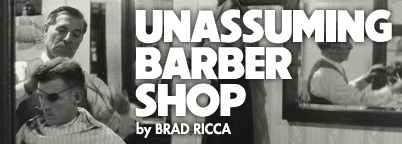

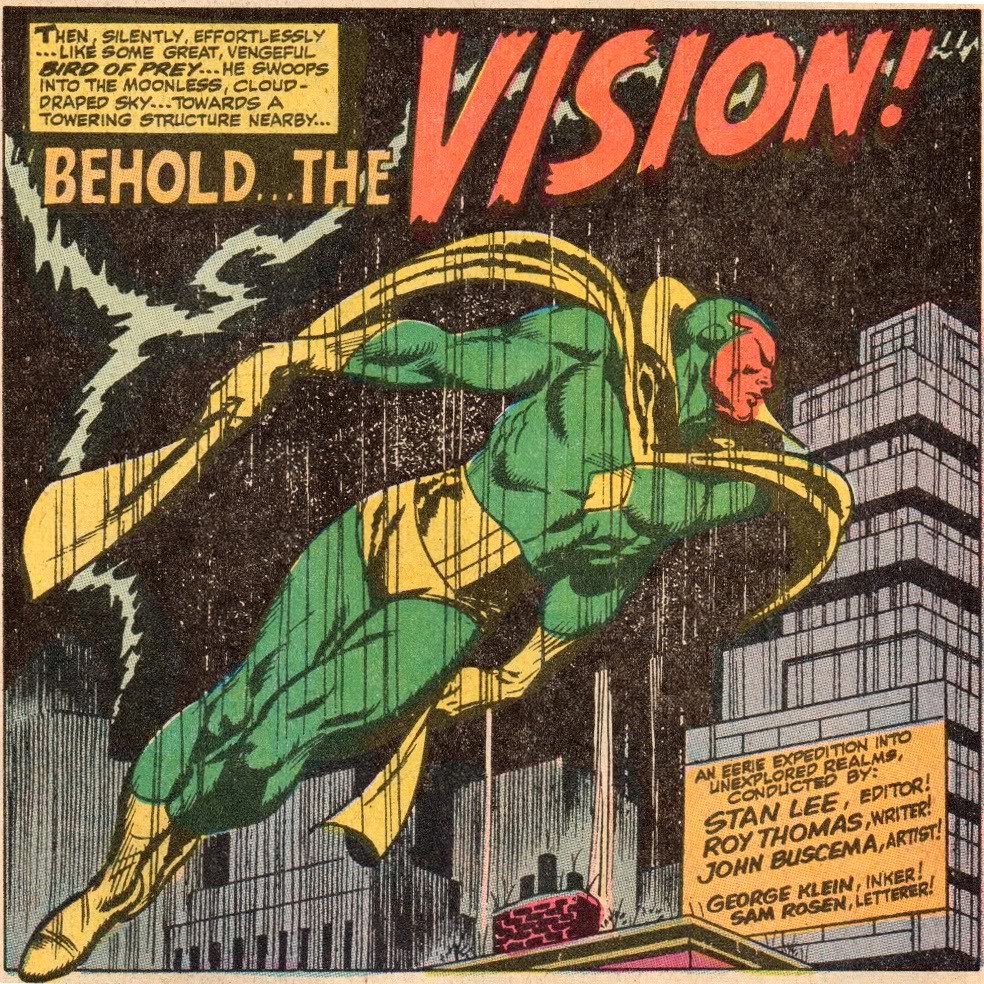
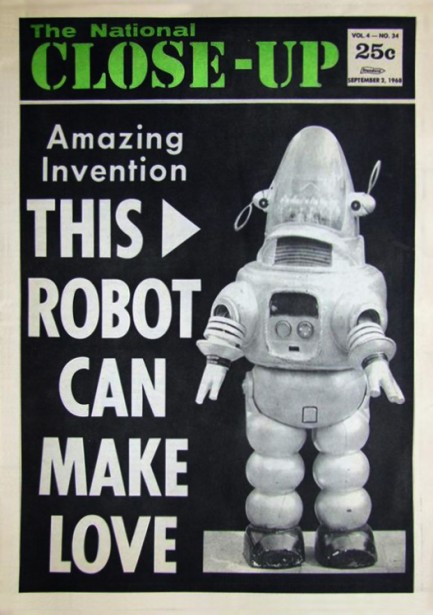
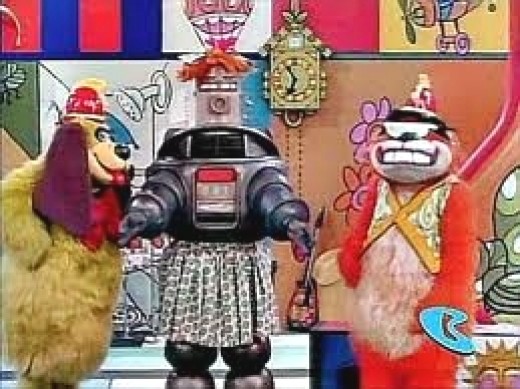
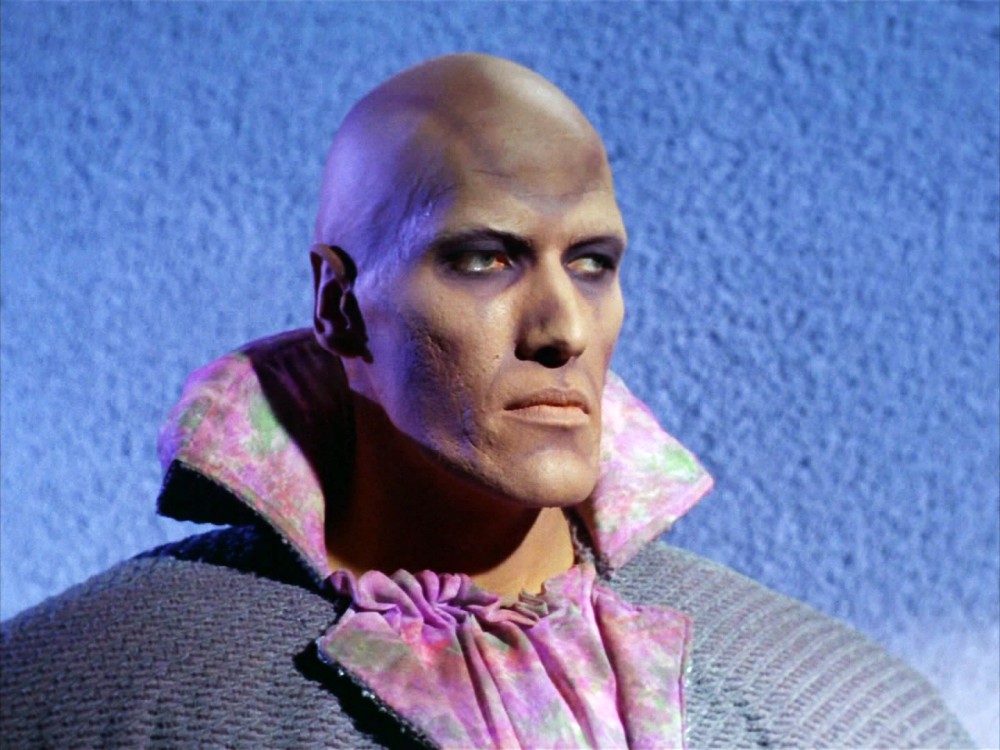
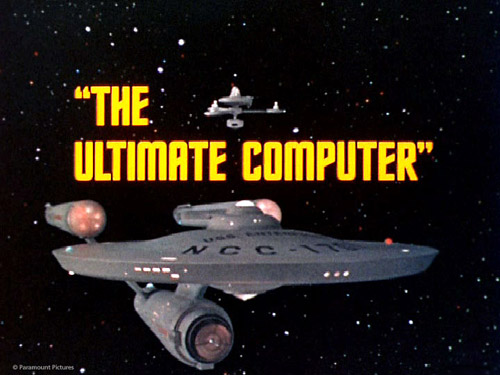
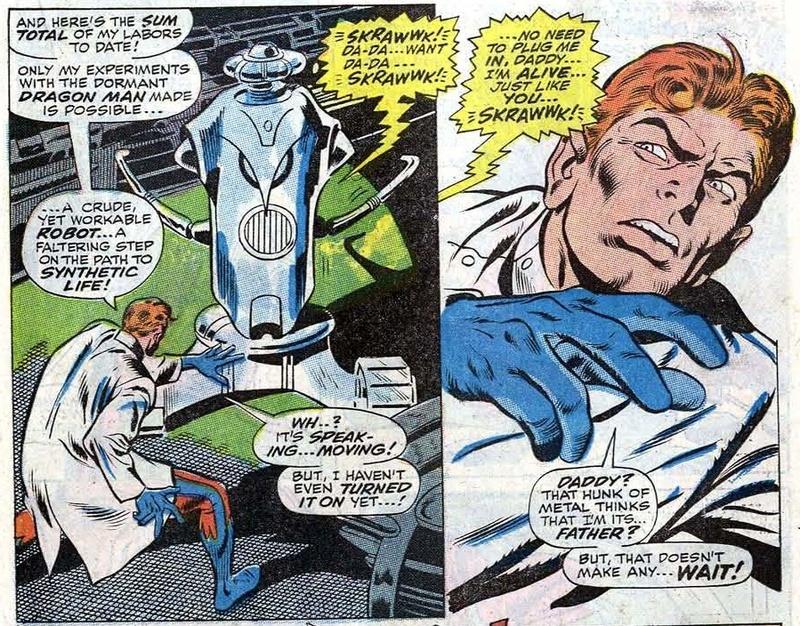
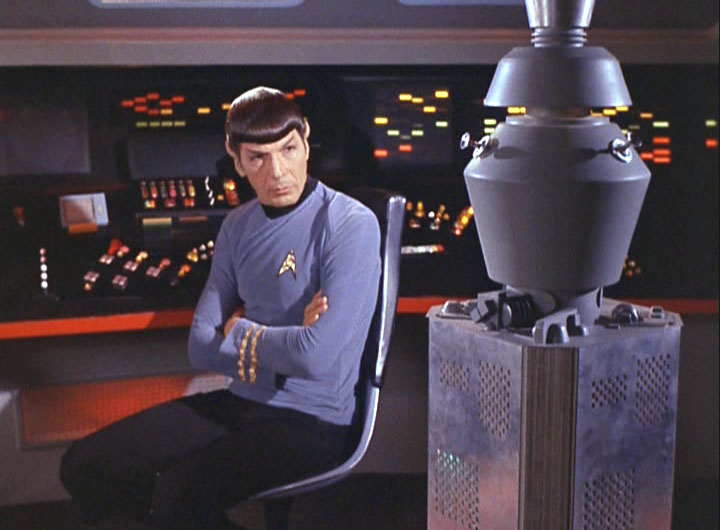
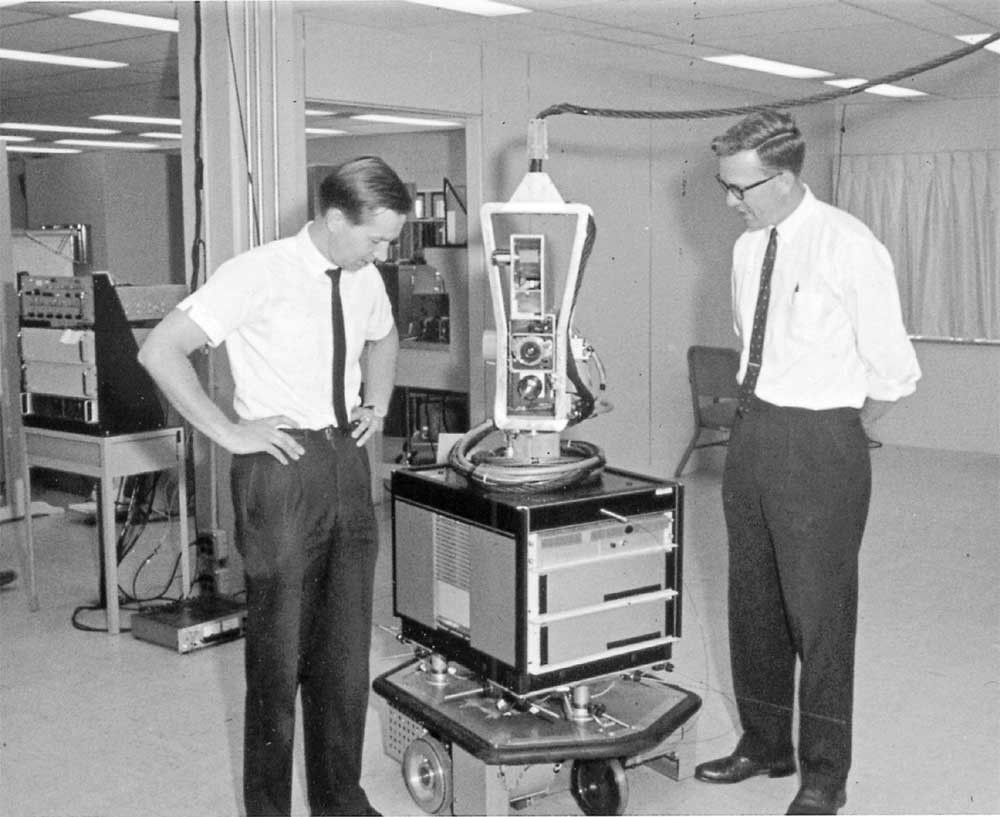
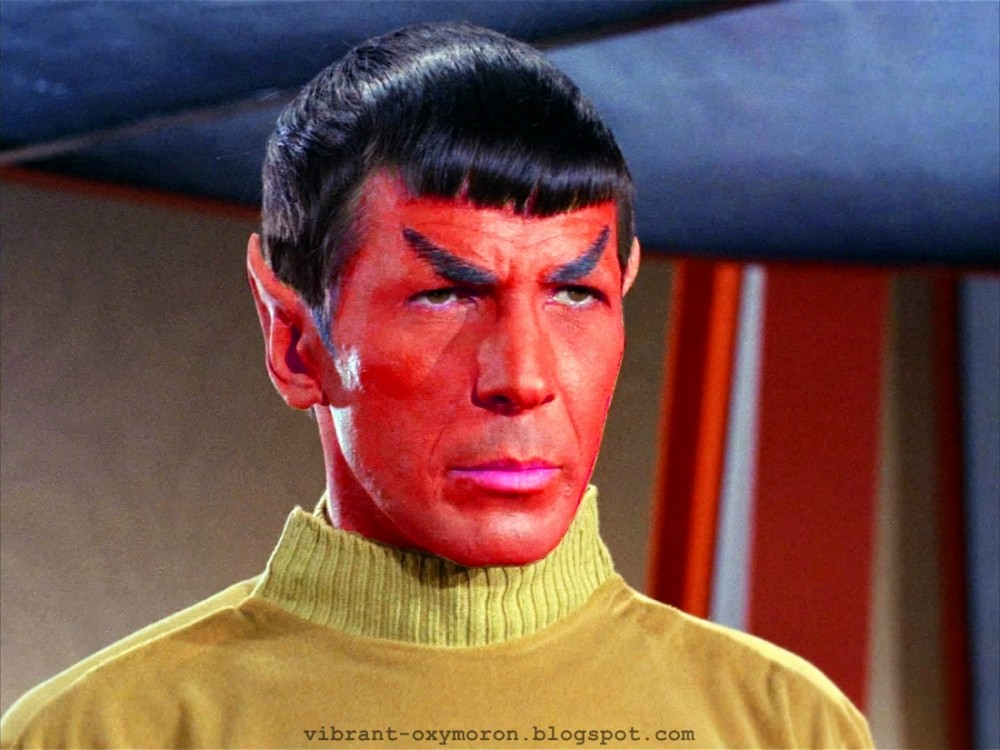
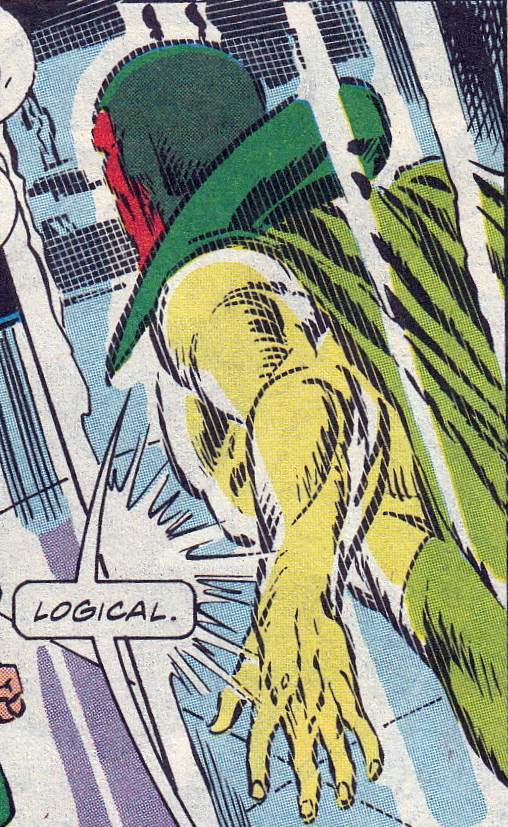
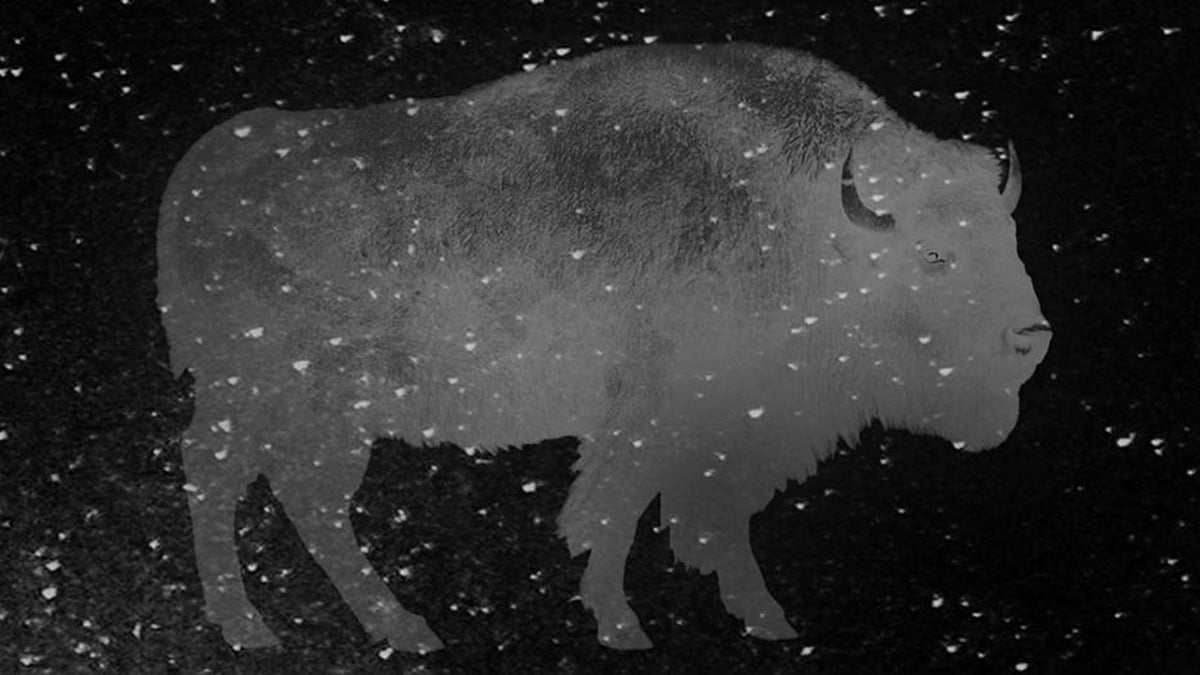
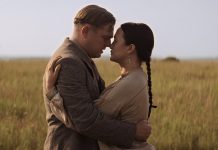



“Why did Stan insist on an android? ”
Marvel Comics: The Untold Story details Carl Burgos’ frustration at not being credited for the Fantastic Four Human Torch, when the character was introduced with an identical appearance and codename. Marvel considered the new Torch an original creation because he was a human boy named Johnny Storm, while Burgo’s character was…an android.
Years later, Roy Thomas wanted to bring back a character from the 1940s created by Jack Kirby and Joe Simon. That same year, Joe Simon was involved in litigation with Marvel over Captain America. Stan Lee insists the character be…an android.
Coincidence?
Comments are closed.